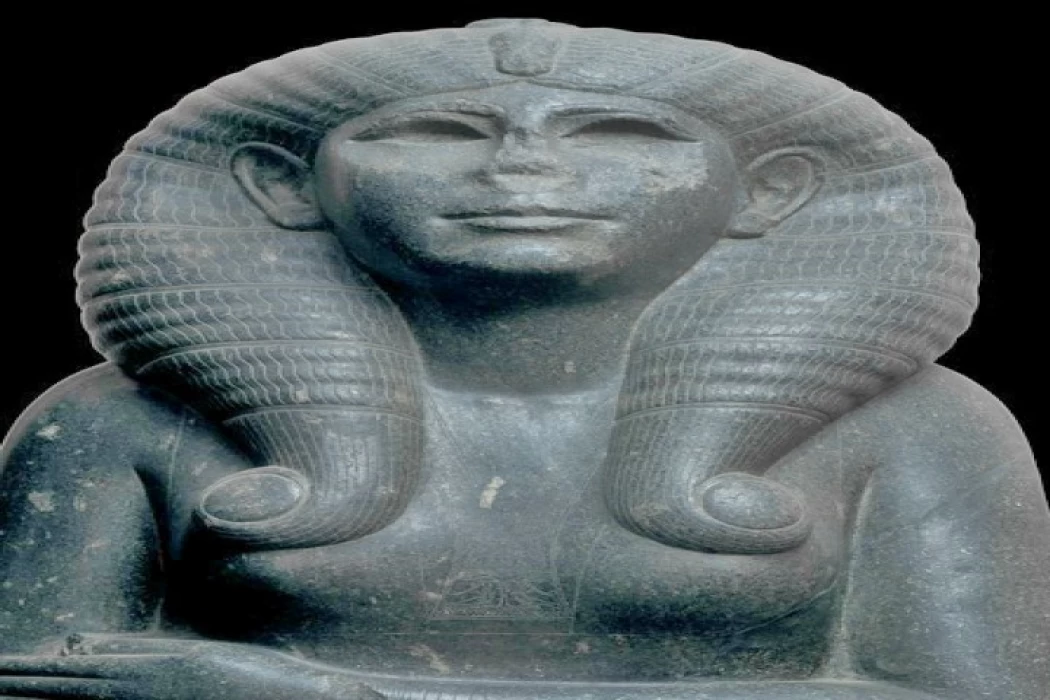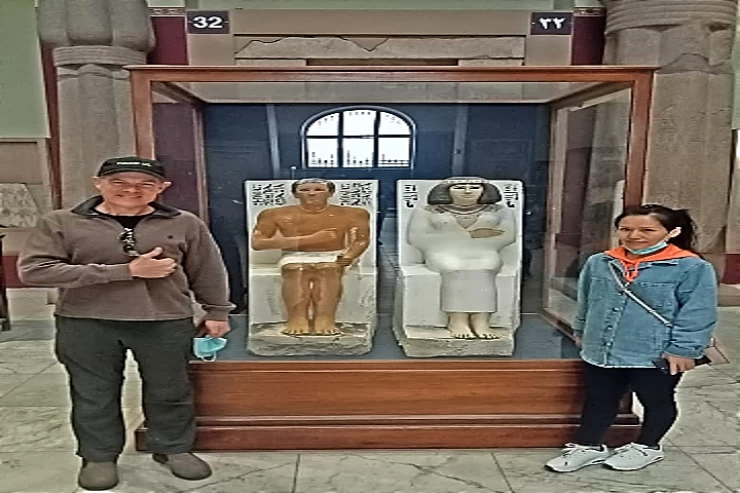
King Senusret II | 12th Dynasty Middle Kingdom
Fact About King Senusret II
Senusret II (1882 BC-1872 BC) was the fourth pharaoh of the Twelfth Dynasty. He reigned from 1882 BC until 1872 BC. He built his pyramid at Lahun. He built a large irrigation system from the Sea of Joseph to what would later become Lake Qarun, including aqueducts at Lahun, and added a drainage system. Expanding the cultivated area was the aim of his endeavor.
Senusret II's decision to move the royal tomb from Dahshur to Lahun, the site of his pyramid construction, demonstrates the importance of this project. Lahun served as Egypt's political hub throughout the Twelfth and Thirteenth Dynasties. The pharaoh founded the first labor village in the nearby city of Kahun, on the model of which the New Kingdom built a city monastery for artisans and artists.
Unlike his successor, Senusret II maintained good relations with the local rulers and leaders of the surrounding Bedouin tribes, who became very wealthy. There is testimony to this from the sixth year of his reign on a mural from the tomb of a local ruler at Bani Hassan.
The Pyramid of Lahoon in Fayoum Governorate is one of Egypt's pyramids. It was built by King Senwosret II of the 12th Dynasty, made of mud bricks on a 12-meter-high hill on the outskirts of the city of Lahoon (Fayoum Governorate), which is 22 kilometers from Fayoum city. It was covered with limestone, 48 meters high and 106 meters long, and its entrance was located on the south side, unlike the rest of the Egyptian pyramids. The golden scepter that was placed on top of the royal crown was found inside.
Next to the pyramid, the tomb of Princess Sat Hathorat Ayunt and the tomb of the pyramid engineer Enbi in the south and 8 mastabas that were the tombs of members of the royal family were discovered, and in the area of the pyramid there is the Lahoon Tomb and the city of Lahoon workers.
The Pyramid of Lahoon dates back to the 12th Dynasty of the Middle Kingdom, and was built by Senwosret II from adobe bricks on a stone base, and its current height is 41 meters and the base is 106 meters.” The Pyramid of Lahoon was discovered in the late 19th century to be one of the most prominent archaeological and tourist landmarks in Egypt.
















